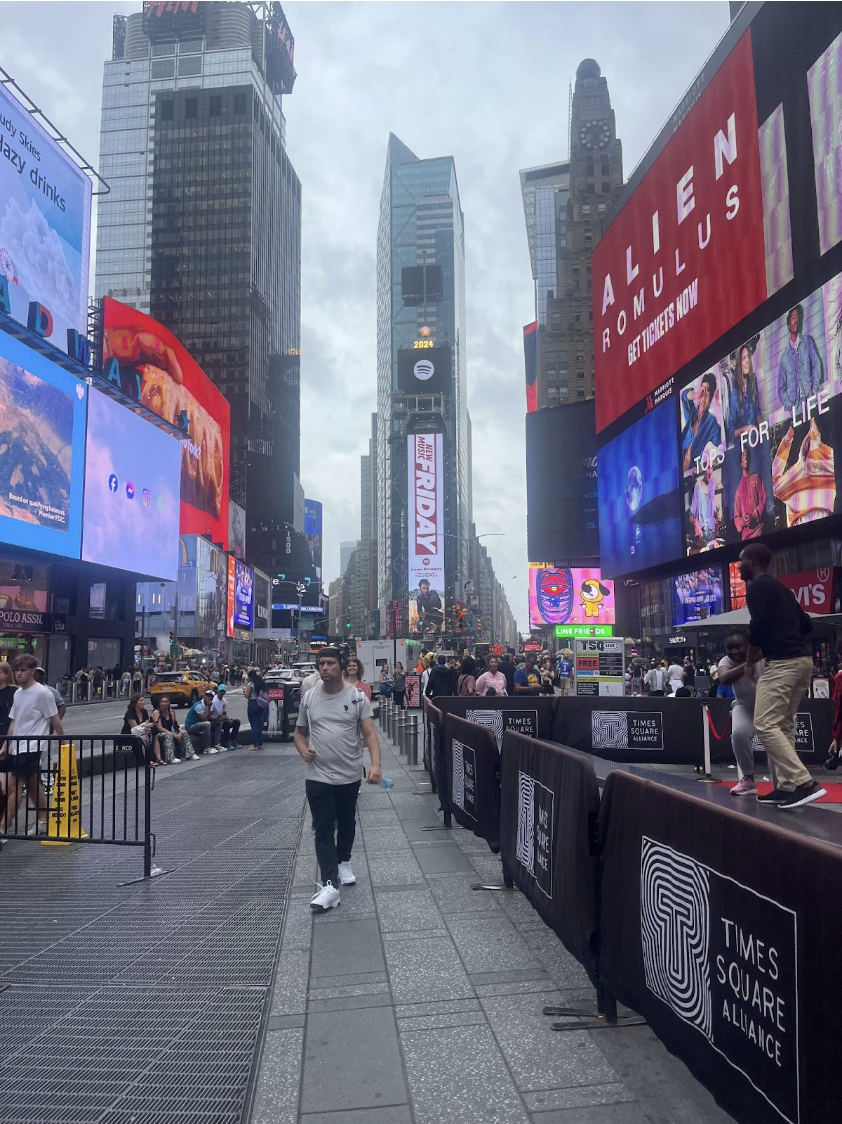The weather can significantly impact lives in terms of people’s daily routines, health, economic activities and overall well-being. For example, extreme weather events like tornadoes and flooding can cause safety concerns. Farmers rely on precipitation for planting crops. Also, daily transportation by bus, car or train can be sensitive to road conditions from weather activity. El Niño and La Niña greatly influence global weather conditions and are opposite phases of the El Niño-Southern Oscillation (ENSO). This climate phenomenon is located in the central and eastern equatorial Pacific Ocean, and the climate cycle occurs every two to seven years.
According to the National Weather Service (NWS), an agency in the United States that provides general information and notices regarding protection and safety, “El Niño refers to the above-average sea-surface temperatures that periodically develop across the east-central equatorial Pacific. It represents the warm phase of the ENSO cycle. La Niña refers to the periodic cooling of sea-surface temperatures across the east-central equatorial Pacific.”
Currently, the world is experiencing El Niño, and according to the NWS Climate Prediction Center, the conditions will return to neutral between April and June 2024.
Each phase is monitored, and during the neutral phase, the world does not experience El Niño or La Niña. Unlike the other phases of ENSO, the sea surface temperatures are near average around the eastern equatorial Pacific Ocean during the neutral phase. Also, weather patterns are more stable.
According to the National Oceanic and Atmospheric Administration, a science-based federal agency within the United States, “El Niño and La Niña can make extreme weather events more likely in certain regions. If we can pre- dict El Niño and La Niña, we can predict a greater chance of the associated extreme events.”
ENSO can have different impacts across the United States. Around here, the crops depend on the soil not being too wet or dry.
“If anything, it may affect the groundwater around here. This may help or hurt us. We just have to watch for spring,” agriculture teacher and FFA advisor Blake Uchitjil said. “Is it going to bring lots of rain again? Will it be damp the whole time to the point where we can’t get our crops in? If so, yields will go down.”
While people here may see how it is directly impacting the United States, these events affect other parts of the world differently.
For example, according to the British Broadcasting System (BBC), “When less cold water comes to the surface off the west coast of South America during El Niño events, fewer nutrients rise from the bottom of the ocean. That means there is less food available for marine species like squid and salmon, in turn reducing stocks for South American fishing communities.”
As the species of fish migrate to different areas, the industry can be influenced as traditional fishing grounds can change, which can challenge parts of the population who depend on the fishing industry. “
When fisheries collapse, then there are economic cascading effects because populations may have nothing to eat because they depend on the seafood for their industry and food,” science teacher Joanna Edelman said. “Oppositely, you can have people losing their fisheries or dealing with flooding. Generally, these are populations that don’t have much to begin with. Any type of offset or imbalance can have a big impact.”
Understanding the economic implications of El Niño and La Niña can be vital in developing strategies to better adapt to these climate variations when they arise. As ENSO data is monitored, the predictions can be used to anticipate the potential impacts, enhancing overall preparedness.
“[Specifically for the United States], when we do switch completely to La Niña, our precipitation patterns will change,” Edelman said. “We will have wetter conditions in the Midwest and Eastern parts of the country. The Southwest will be dry.”
Just as weather patterns can be predicted, the influence of ENSO on temperature is part of the climate variability that impacts global weather patterns. While the temperature may fluctuate day to day, according to Gavin Schmidt, Director of the NASA Goddard Institute for Space Studies in New York, the global temperatures may exceed those of 2023 based on the intensity of El Niño conditions.
With widespread implications for ecosystems, economies and societies worldwide, ENSO is a powerful climate phenomenon that shifts between El Niño, La Niña and a neutral phase. As a natural climate cycle, these patterns will continue to be monitored to enhance our understanding of the global climate.







